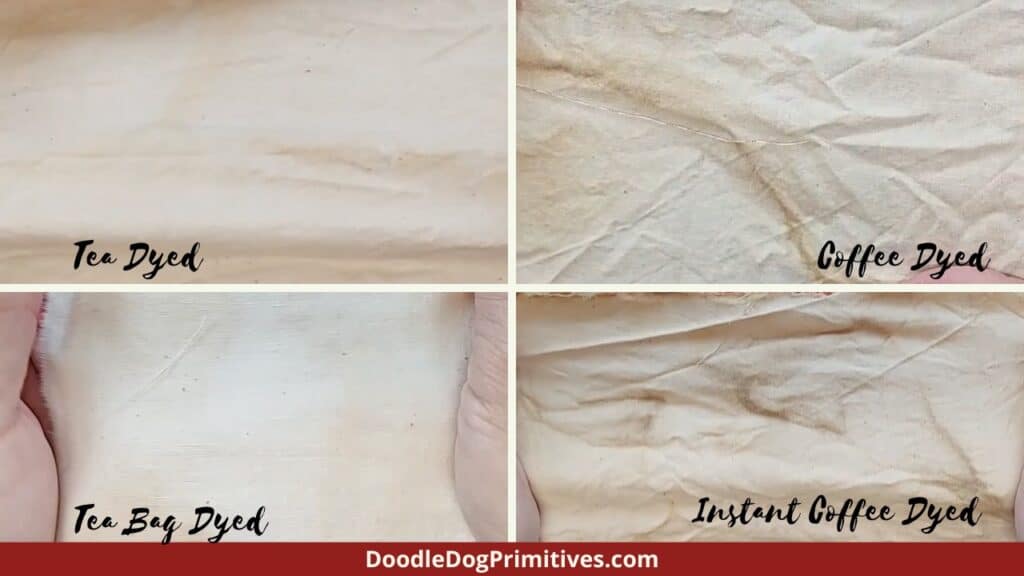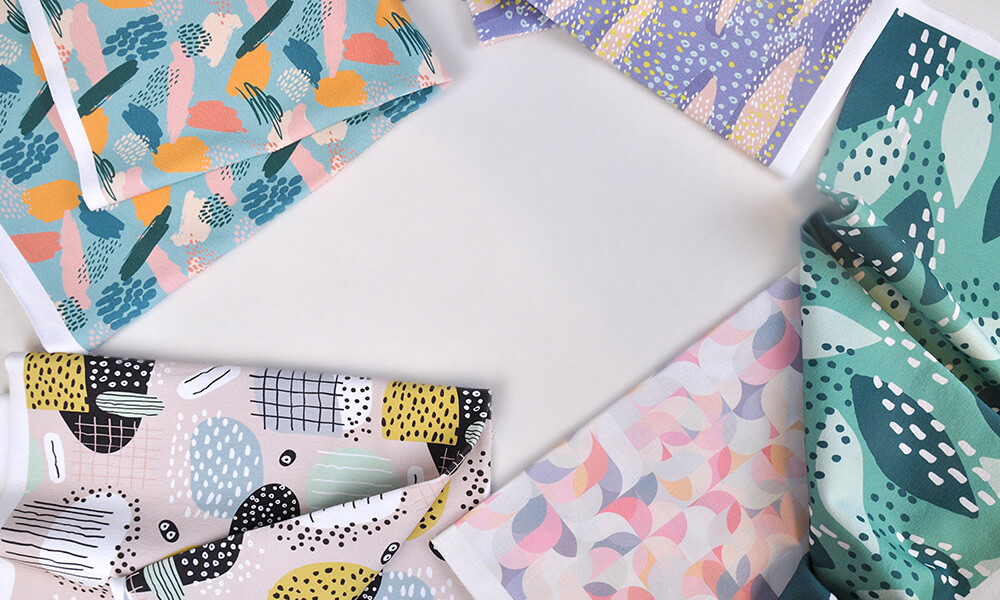All 4 Way Stretch Fabrics - The Facts
All 4 Way Stretch Fabrics - The Facts
Blog Article
The Main Principles Of All 4 Way Stretch Fabrics
Table of ContentsThe Of All 4 Way Stretch FabricsUnknown Facts About All 4 Way Stretch FabricsThe Buzz on All 4 Way Stretch FabricsNot known Facts About All 4 Way Stretch FabricsAll 4 Way Stretch Fabrics Fundamentals ExplainedAll 4 Way Stretch Fabrics Fundamentals ExplainedAll 4 Way Stretch Fabrics - Truths
As I also desire UV protection from my garments when I go out, I would certainly pick a densely woven cotton textile. Even the undergarments is much better in cotton (No spandex bands anywhere near the skin). Take a look at the very best fabrics appropriate for making summer clothes. Another consideration when acquiring the textile is the means it will after washing.A winner would be to purchase the very least 10% added material. If you can acquire preshrunk textile, this is the most effective. Preshrunk textile will certainly have tags that will certainly say" etc. If you are seeking a fabric that will not extend or shed form, you can seek the "anti-sag" label.

If you are matching the color, like choosing the cellular lining for the primary material or choosing textile to include as trim, this is particularly essential. The fabric display rooms will generally have a light well where you can see the textile in sunshine (or a home window with good light from outside).
How All 4 Way Stretch Fabrics can Save You Time, Stress, and Money.

The majority of materials are regarding 44 large. When you go to buy textile, quote just how much you want initially and after that go to the store.
These are available in the stores I constant as cut pieces they are mostly prized low and several of them, when they are last off the bolt, valued really reduced. You will certainly need to ask the salespersons for items like that. Some fantastic deals can be had this method. In dressmaking, we get textile by the yard/meter.
All 4 Way Stretch Fabrics Things To Know Before You Get This
In a quarter of a backyard, you get a 9 by 44 strip of textile, which is regarding 22 cm in length. According to the width of fabrics, they may be called single-width and double-width.
Choose fabrics that are not too hard or inflexible, or you wouldn't be comfy in them. Linen, Denim, flannel, For cooler climates, pick wool (100% as well as wool blends) woollen tweeds, wool crepe; it generally depends on what pants you are speaking concerning Tailored trousers, Unstructured Pant, Combined, Denim.
Corduroy fits to put on textile to choose for pants. All cotton materials benefit kids. You can select a cotton satin stretch or a cotton twill or cotton satin or yard. Knit textiles are also fantastic for youngsters you can opt for woollen knits. Interlock knits are dressmaking knits that extend throughout the grain.
All 4 Way Stretch Fabrics Things To Know Before You Buy
Have a look at this blog post on the most effective textile for clothes for children and youngsters for more detail on this topic. Light-weight cotton is my favored to sew skirts. Cotton yard towel in lovely prints is terrific. Silk jacket is an excellent material for sewing skirts, as is Ponte Roma knit textile.
Likewise, drapey rayons, soft woollen, lycra blends, and stretch velvets are all appropriate for stitching skirts. Woollen (Woollen crepe has a wonderful drape and provides enough structure for jackets; woollen tweeds are excellent also), Linen & Flannel. Velvet (Take A Look At the slouchy velvet sports jacket tutorial, incidentally). Light-weight knits are excellent for free-flowing jackets such as this waterfall coat pattern Raw silk, satin, taffeta, velvet, Lace, silk chiffon, and Organza are all terrific for making gowns.
You can get medium-weight materials with some spandex/elastane included for a fitting bodycon-type outfit. For drapey dresses, you can choose light-weight materials. Jacket has a drapey fit similar to this. Crepe, challis, and charmeuse are all drapey fabrics matched for this design. Look into these blog posts: Best textile for making informal outfits and tops; Names of different gowns. Rayon, Acetate, and cotton lining materials are popularly made use of.
Light-weight cotton fabric, Cambric, Chintz, Twill, Faille, Seersucker, Poplin, lightweight woven broadcloth, batiste, linen, eyelet are great for making t-shirts and blouses. I like chiffon blouses. Smooth satin fabric is excellent for making ventilated tops. Inspect out the article on the 7 ideal materials for making t shirts. Making serapes and scarves need different considerations for the textile check out this post on the materials for making headscarfs When purchasing patterned fabric (the majority of the formed fabric comes with a width of 45 or 54 inches), there will be pattern repeat in these materials, and this ought to be considered when reducing textile along with getting them i.e., if you want to match the patterns at the joints.
All 4 Way Stretch Fabrics Can Be Fun For Everyone
This message has the names of all the checkered patterns and this, stripe patterns. The themes will certainly be dispersed in an organized fashion on the material. You might discover in some cases If the print is not placed on the material properly, it can not be matched or lined up when built without misshaping the fabric and the hang of the garment.


The material weight is dependent on lots of elements like Our site the weave, fiber kind, and so on and is typically signified by GSM. GSM can vary from 60 -700; 700 being the GSM of extremely premium woolen fabric.
However something you have to remember is that higher material weight does not denote higher textile high quality (woven stretch fabric). It just is a sign of the viability of the material for a certain project. You can not choose high fabric weight textile jeans for a light-weight floating serape. Understanding the textile weight works when comparing the very same kind of materials, yet even this will depend on its application.
Inspect out the checklist of the 70+ various fabric finishes and treatments. Basically, the most important standards to look for in the textile you acquire are as complies with. The variety of threads per inch of fabric (yarns-per-inch). Greater the string count higher the variety of threads woven per inch, and the higher the high quality.
The Ultimate Guide To All 4 Way Stretch Fabrics
In top notch textile, this balance (either in numbers or in dimension) will certainly constantly be maintained. Procedures utilized on textile to enhance appearance and performance.
A two-ply yarn is premium to a single-ply yarn.
If you are preparing yourself to start a new sewing job, picking a textile will certainly be the most vital action when you choose what you intend to make. After you've mosted likely to all the problem and expenditure of getting the stitching equipment you love, a pattern you love, and a textile you love, you want the ended up item to be a success, right? One method to achieve that is to start by seeing to it your fabric is absolutely best for the project.
Getting My All 4 Way Stretch Fabrics To Work
As an example, if you're making a patchwork, you'll immediately wish to utilize quilter's weight cotton for best results. Yet what happens if you intend to make a product of clothes? Just how do you understand which material will give you the most effective result? Picking a textile just due to the fact that you enjoy the print or layout on it isn't necessarily the ideal technique.
You understand. In order to prevent doing a whole project for essentially nothing, we've put together some pointers to assist you decide which textile is appropriate for your project. Allow's claim you currently have a task in mind; how do you discover the appropriate fabric for it? One way is to consider comparable items in storesor ones you currently have.
Then, think about the characteristics you desire the completed item to have. If clothes, will it be fitted or loose? Dressy or daily? For warm weather condition or cold? Do you desire a solid color or a print? If you are making a non-wearable thing such as a pillow cover or potholder, utilize a strong fabric such as canvas.
There is so much info around about fabrics, their features, and their uses, it might reach be overwhelming! So do not attempt to take it in all at the same time; just begin with the job handy. Discover all you can concerning the material you use for this set task.
Report this page